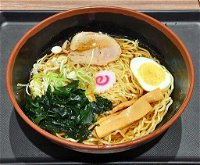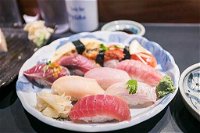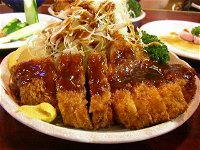
I Want to Be a Matcha Man! Trivia Quiz
Identifying Japanese Dishes
Bright green matcha tea is the perfect complement to a delicious Japanese meal. Can you match (pun intended) each of these popular Japanese dishes with its photo?
by LadyNym.
Estimated time: 3 mins.









